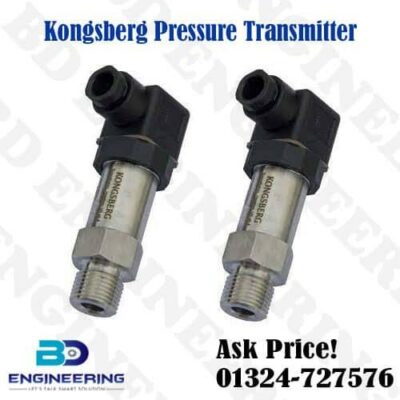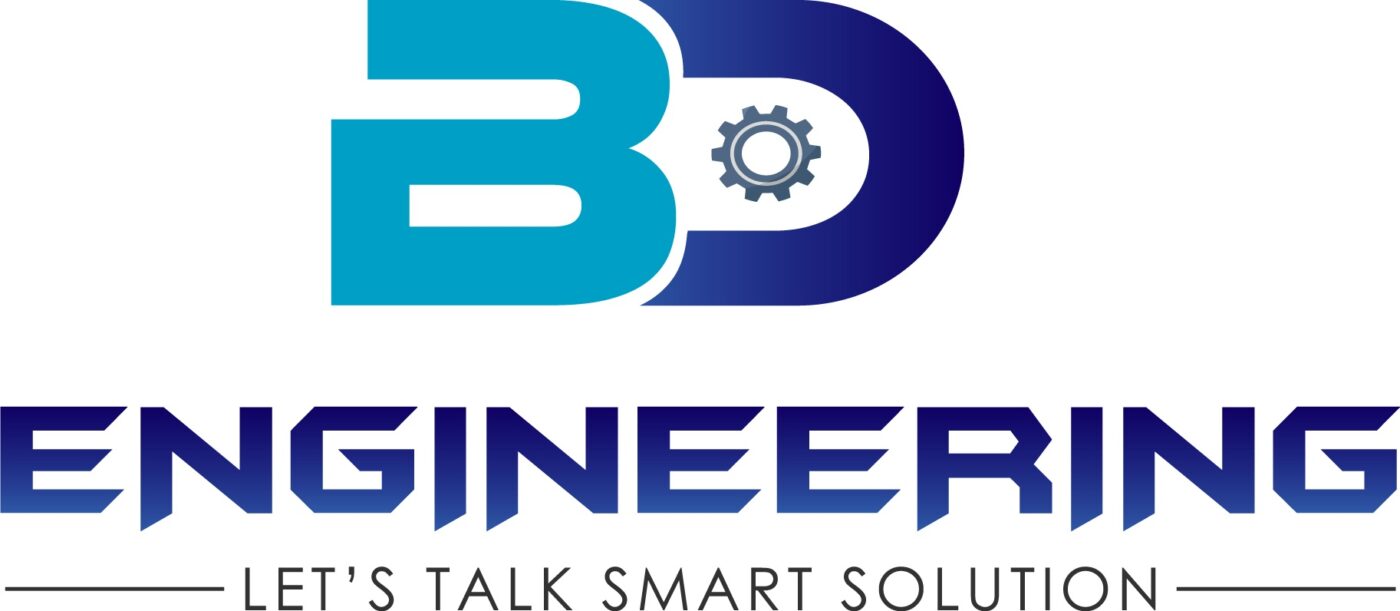Pressure Transmitter
A pressure transmitter is a device used to measure and convert pressure into an electrical signal for monitoring, control, and communication purposes. It is commonly used in industrial applications to measure pressure in gases, liquids, or other mediums. Industries such as manufacturing, oil and gas, chemical processing, HVAC, and many others where accurate and reliable pressure measurements are required.

Here are some key features and components of a typical pressure transmitter:
Pressure Sensor:
The pressure transmitter incorporates a pressure sensor or transducer that converts the applied pressure into an electrical signal. The sensor can be based on various technologies such as strain gauges, piezoelectric crystals, capacitive elements, or thin-film resistors. The type of sensor used depends on the application requirements and the medium being measured.
Signal Conditioning Circuitry:
The pressure sensor’s electrical signal is processed and conditioned by the transmitter’s internal circuitry. This circuitry amplifies, filters, and linearizes the raw sensor signal to provide a stable and accurate output signal that is proportional to the applied pressure.
Output Signal:
The pressure transmitter typically generates a standard electrical output signal that can be easily interfaced with other control or monitoring systems. The most common output signals are analog signals, such as 4-20 mA or 0-10 V DC, which represent the measured pressure within a specified range. Some transmitters may also provide digital output signals, such as HART, Foundation Fieldbus, or Profibus, for communication with digital control systems.
Range and Accuracy:
Pressure transmitters are available in various pressure ranges to accommodate different applications. The range refers to the minimum and maximum pressures that the transmitter can measure accurately. Transmitters also have specified accuracy ratings that indicate how closely they can measure the actual pressure compared to the true pressure value.

Pressure Connection:
The pressure transmitter includes a pressure connection or port that allows the medium to be measured to be connected to the sensor. This connection can be a threaded port, flanged connection, or another type based on the specific application requirements.
Pressure transmitters offer several advantages, including accurate and reliable pressure measurement, remote monitoring capabilities, compatibility with control systems, and the ability to provide real-time data for process optimization and safety. They play a critical role in ensuring proper operation and control of systems where pressure monitoring is essential.
